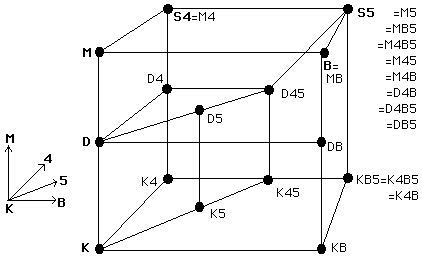"Why does a world represent Carnap vicariously, by means of a counterpart of Carnap rather than by means of Carnap himself? This is a complex question that speaks to issues at many levels. The immediate answer is two-fold: (i) in GR worlds represent individuals by having individuals as parts; and (ii) every individual that is part of any world is part of exactly one wold, so when many worlds each represent possibilities of Carnap, it cannot be as a result of Carnap being part of each world. GR cleaves to (i) since tehreby representation can be accounted for directly by one of the conceptual primitives of the theory, viz. parthood (see (4.2)). GR cleaves to (ii) because, given (i), an adequate account of the modal phenomenon of accidental intrinsics forces one's hand. (Lewis 1986a: 198-209). Swiftly, having a certain number of fingers is an intrinsic property of Carnap. But how can the individual Carnap have ten fingers at w and have only nine fingers at v, if Carnap having a certain number of fingers at a world is (a) a matter of one individual (Carnap) being part of a world and (b) the one individual having different numbers of fingers at different worlds? It seems that something has to give, and Lewis holds that it should be tolerance of individuals that are wholly present in more than one world. Consequently, de re representation of individuals is achieved vicariously, by counterparts, rather than directly." - Divers pp. 306 n. 4, Possible Worlds.
Thursday, May 24, 2007
Accidental Intrinsics and Counterpart Theory
In an endnote, Divers presents an argument from Lewis for counterpart-theoretic accounts of de re modality. Since not everyone has the endnote and since the sort of argument Divers mentions from Lewis is oft-discussed in metaphysics, I thought I would reproduce it here:
Subscribe to:
Post Comments (Atom)

No comments:
Post a Comment